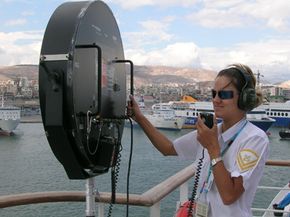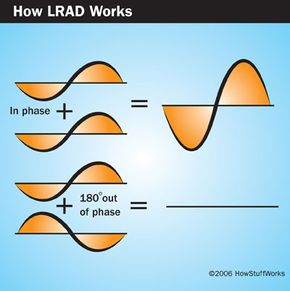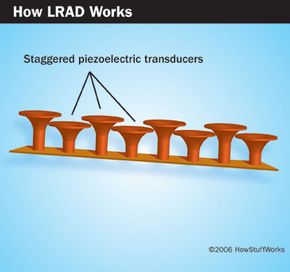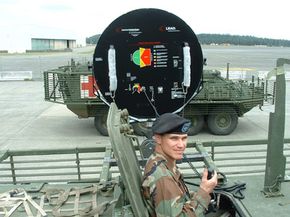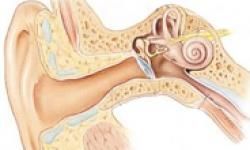In November 2005, pirates attacked the cruise ship Seabourn Spirit off the coast of Somalia. The pirates were in small boats, but they had machine guns and rocket-propelled grenades. The cruise ship, on the other hand, had a Long Range Acoustic Device (LRAD).
Many media outlets credited the LRAD with warning off the pirates, leaving the Seabourn Spirit unscathed. Some of the coverage was pretty dramatic. News stories described the LRAD as a sonic weapon that fired a beam of sound at the pirates and drove them away. More recent news highlights the potential use of LRAD technology in breaking up a peaceful protest in Belgrade, Serbia, in Mar. 2025.
Advertisement
But what makes sound a weapon? Here, we'll review the basics of sound and discuss exactly how the LRAD produces its beam of sound. We'll also explore LRAD's hailing and warning abilities.
